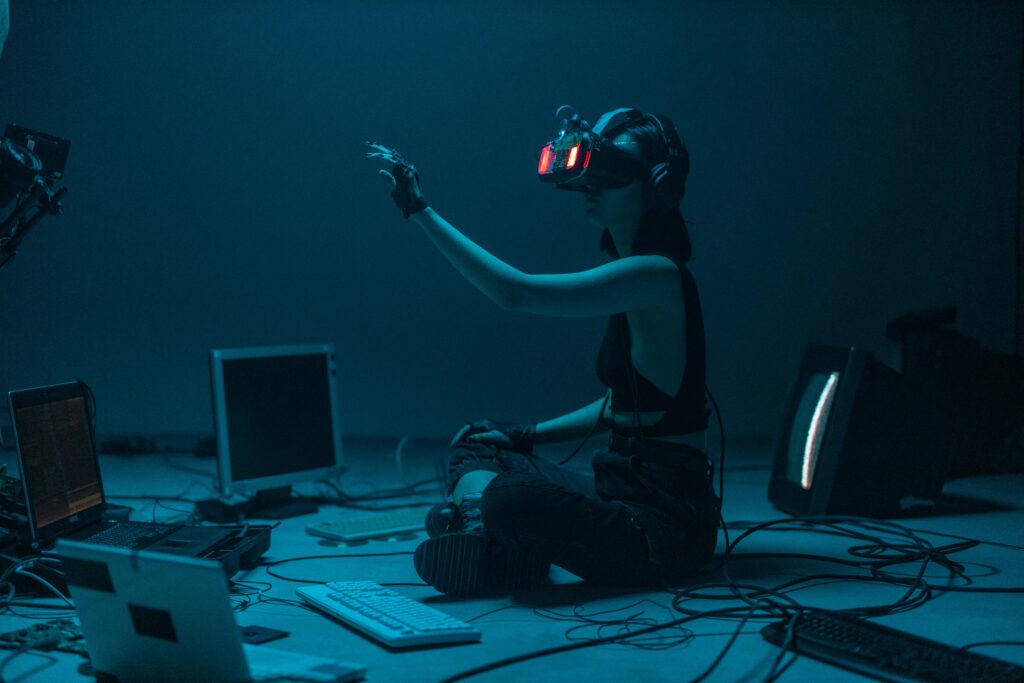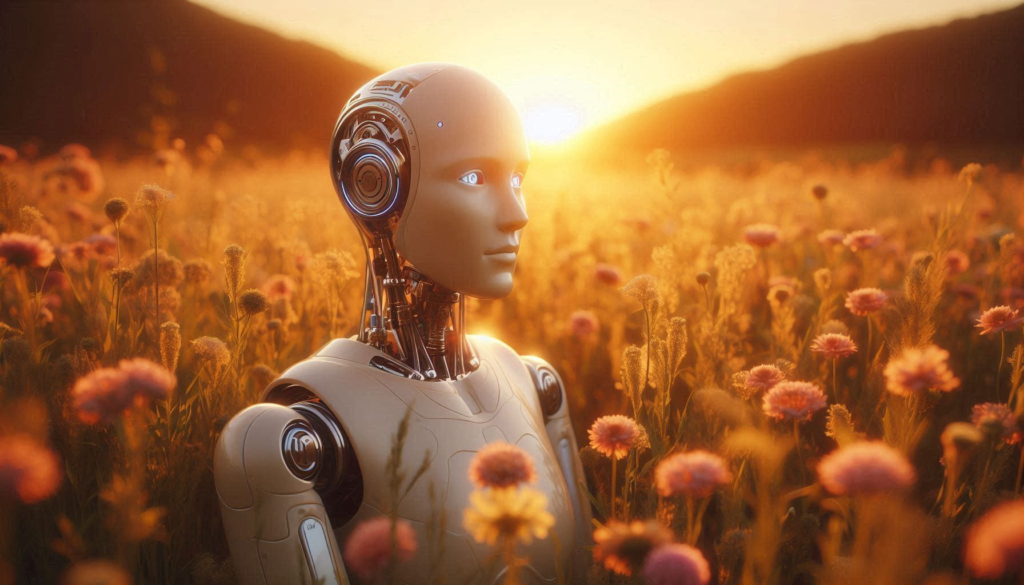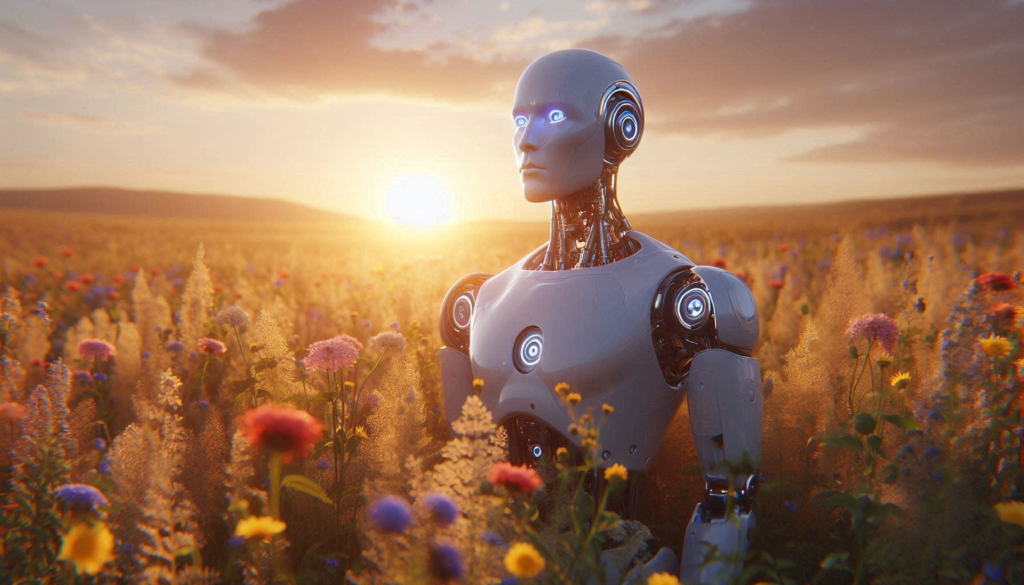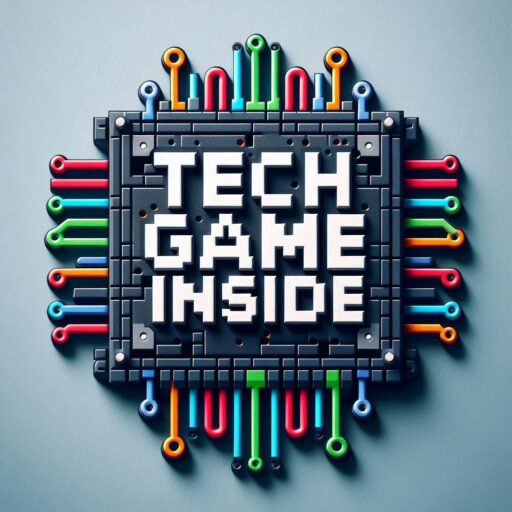How do I detect if something is AI?
Unnatural wording or logical flaws are among the most obvious signs of AI-generated literature. AI frequently has trouble understanding context, producing words that may sound correct but are actually meaningless. An article could, for instance, include contradictions within the same paragraph or restate comparable points in slightly different ways. The overuse of general or ambiguous statements is another warning sign because AI lacks the depth of comprehension that human writers provide. Content produced by AI is typically impersonal and lacks real-life experiences and emotional depth. While AI depends on patterns found in existing information, a human writer is able to offer personal stories, voice opinions, and add distinctive storytelling features. An article may be artificial intelligence (AI) generated if it talks about an event but is devoid of specifics or a human touch. Certain phrase structure patterns are frequently preferred by AI tools, particularly those that are built on big language models. This may result in a tone that is too refined but dull, repetitive wording, or excessive use of transitional phrases. AI may be responsible for a text that seems robotic or oddly formed. Even though AI models use huge quantities of data, they are not necessarily current or factually correct. An article may have been produced by AI if it contains out-of-date data, false claims, or simplistic descriptions of complex topics. To guarantee accuracy, always double-check facts using trusted sources. Images produced by AI often contain tiny defects that show they were created artificially. Deformed hands and fingers, abnormal facial symmetry, or uneven lighting and reflections are typical indicators. Unusual object mixing or strange text abnormalities can also be found in some AI photos. An image might have been created by AI if it appears overly flawless or contains odd abnormalities. A number of AI detection programs, including Copyleaks, GPTZero, and OpenAI’s AI Text Classifier, can examine text to determine whether it was produced by AI. These tools add another level of verification by using algorithms to identify patterns specific to AI-generated content.








